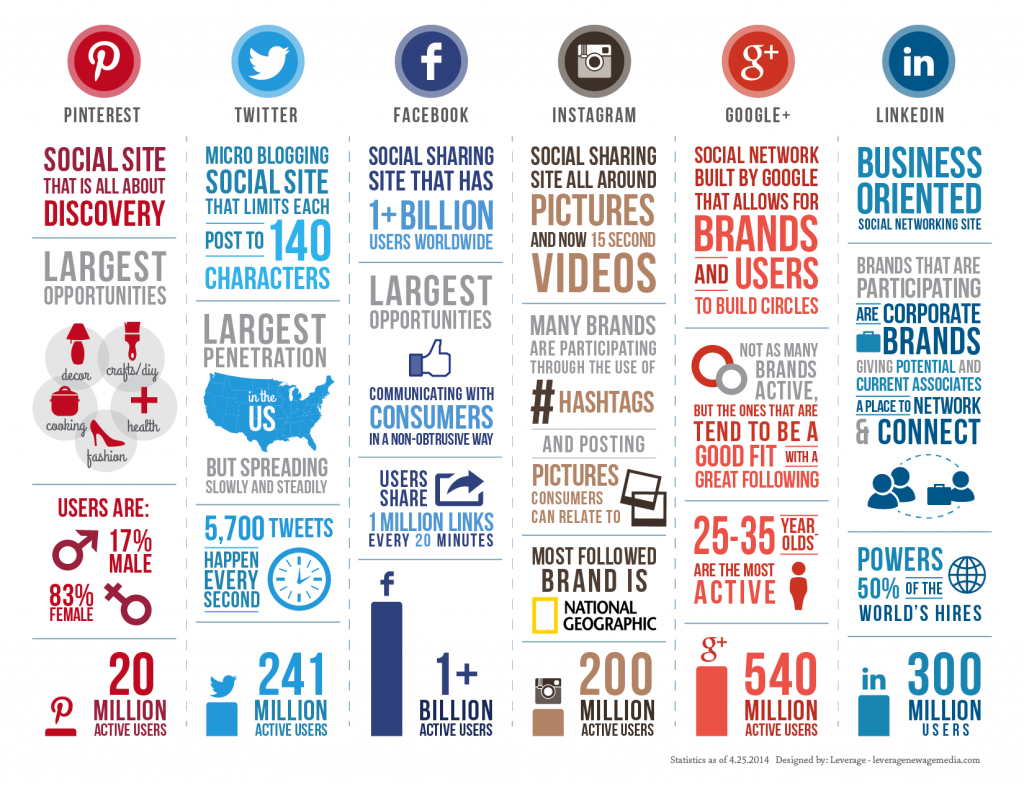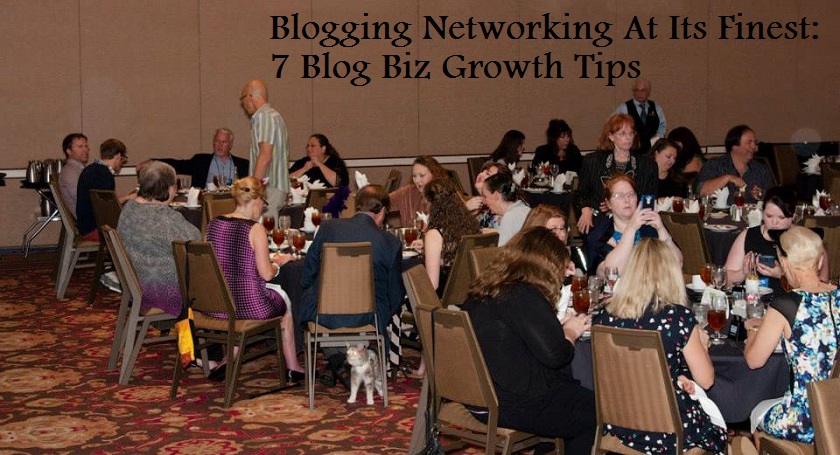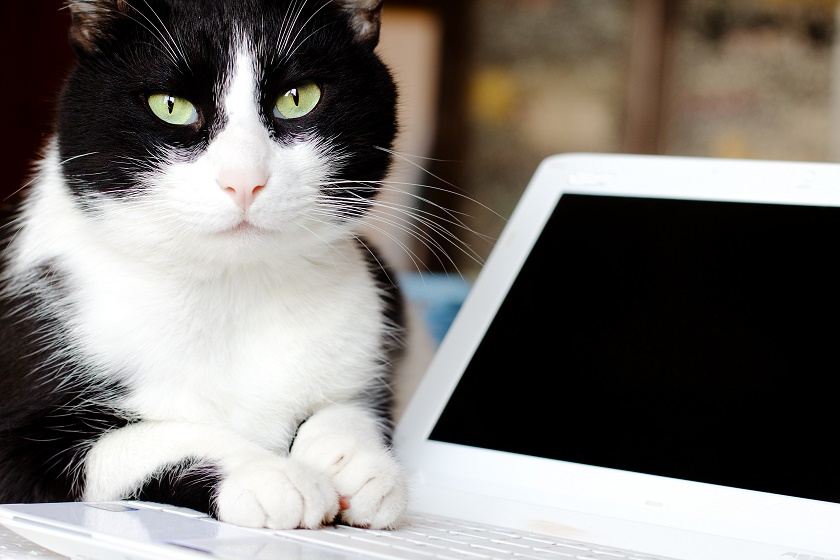What Is Your Pet Blog’s Social Media ROI?
Post by Bog Manager Robbi Hess
In our BlogPaws Team calls we discuss our blog strategy, our social media platform performance, brand programs and opportunities and many of the other tactics we have in place to make the most of the time we spend on our social media properties and to make sure that we are delivering quality to you, our pet blogging readers!
One of the items we discuss is the ROI (return on investment) of the time we spend on the various social media properties we manage. This got me to wondering, “what is your pet blog’s social media ROI and do you know how to measure it?”
Here are some of the metrics we track and these may help you implement your own ways to measure ROI — because truly if you’re simply spinning your wheels, perhaps it’s time to turn the car in a different direction, right? That different direction could be focusing your time on LinkedIn rather than Pinterest or Google+ instead of Facebook, etc.
Author and social media and marketing guru Lon Safko writes about the ROI of social media in his book the Social Media Bible and discusses it in his seminars. His bottom line answer when asked about social media marketing is found in one of his tweets: “Remove the term social media from those questions and ask them again: ‘Where’s the ROI in marketing?’ and ‘How much should I  be spending on marketing?” –@LonSafko
be spending on marketing?” –@LonSafko
Ask yourself, then: What is the ROI of your marketing (regardless of where you spend your time)? Here are some items to consider when you decide it’s time to measure your social media (aka marketing) ROI:
- Write down some goals. Whether it’s to increase engagement on posts, garner more shares, increase your page likes or drive traffic from your social media properties to your blog, if you don’t know what you want to do you won’t know whether you’re meeting your goals or falling short.
- Do you want to use your social media platforms to: sell product, or gain recognition from a brand with whom you want to work, sign up more readers for your newsletter or convert your social media leads into customers who are willing to pay for your goods and services?
- Where will you spend your time? Here is an amazing infographic that lists the myriad social media platforms available and gives a breakdown on how many users there are, demographics and other valuable information. Use this to help determine where you should be focusing your social media and marketing efforts. Knowing where your audience gathers will help you reach them.
- What social media metrics mean the most to you? Is it shares? Likes? Retweets? Comments on social media posts? Comments on your blog posts? Sign ups for your newsletter? If you’re looking to “win a popularity contest by getting the most followers on Twitter” then that is something you should note. However, if you win the popularity contest and can tell the world, “I have one million followers” what is that gaining you in the way of meeting the goals you originally set? Hint: a
 lot of this information should also be found in your pet blogging business plan. Google Analytics is one tool you can use to track your reach.
lot of this information should also be found in your pet blogging business plan. Google Analytics is one tool you can use to track your reach. - Do something with the data you’re collecting. If you simply gather the information, input it into a spreadsheet then only pull it out when you input the latest round of figures, what purpose are they serving? If you really want to track and measure your data you might even want to make note of whether links to your blog post “score higher” than an infographic might. Or if you’re blogging or sharing information on a trending topic, is that bringing more eyes to the page than videos of cute puppies and kittens? Knowing what does best and trying to figure out why (and also note the time of day you’re posting and see if posts made at noon score higher than those posted at 7 am or 9 pm)
In the beginning of measuring your social media ROI it could bring with it a learning curve until you hit upon the right rhythm and gain an understanding of what your unique audience likes, doesn’t like and when they like it! What tracking do you have in place to measure your social media return on investment?




One Comment